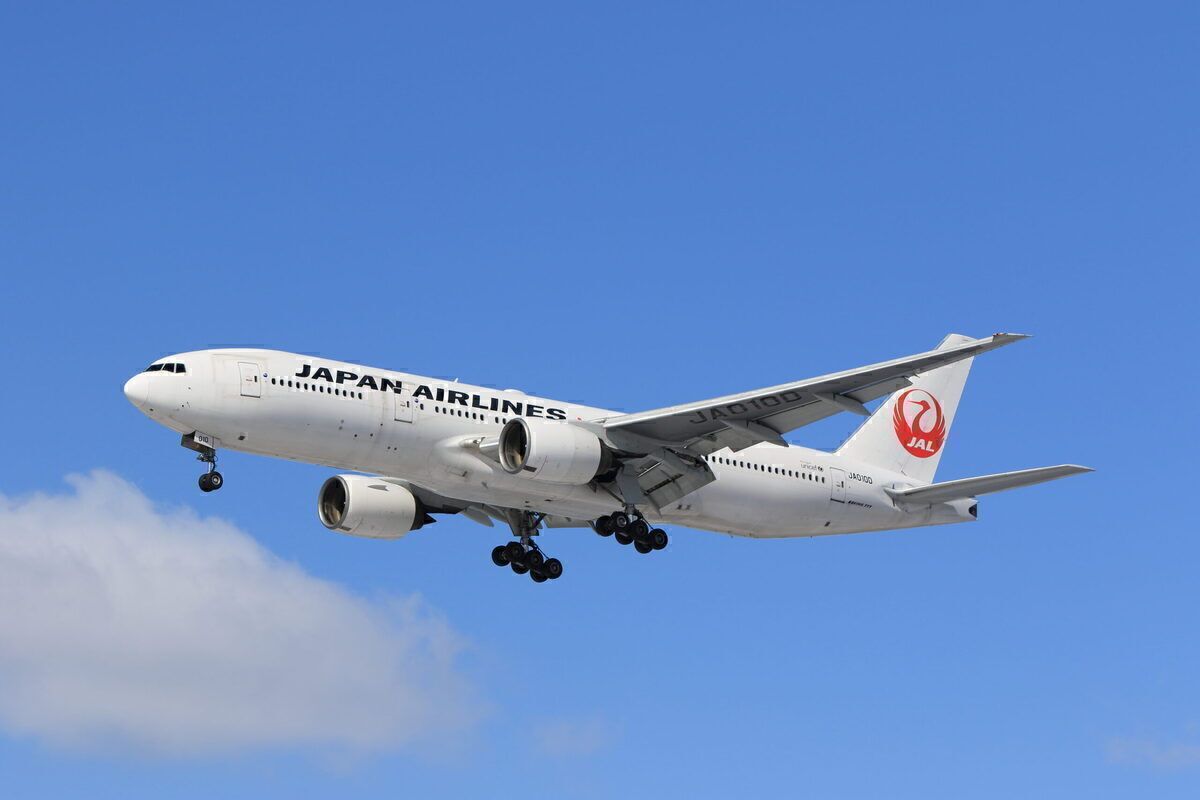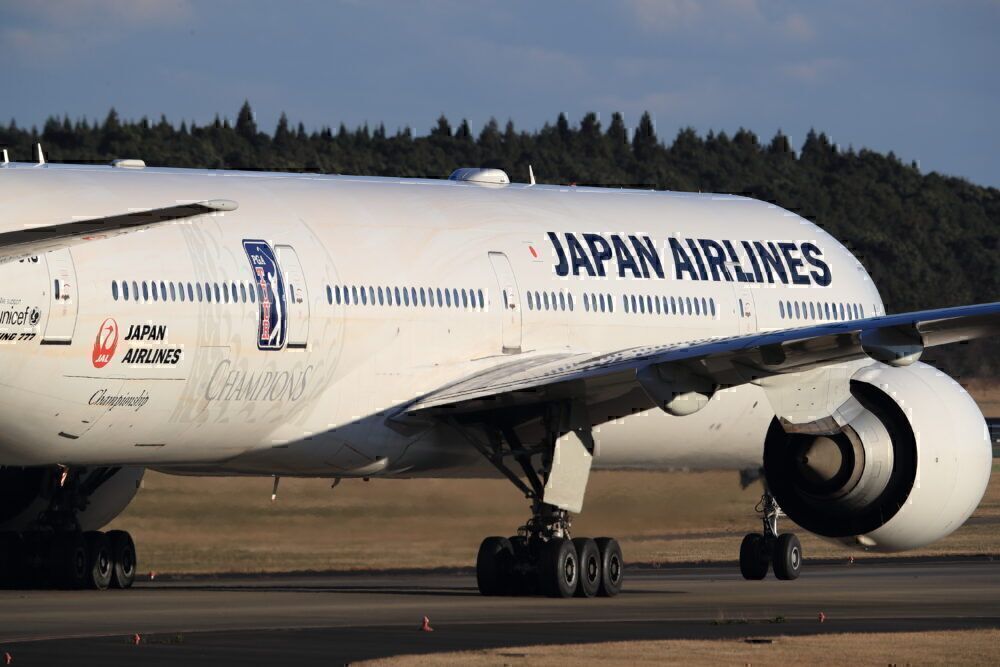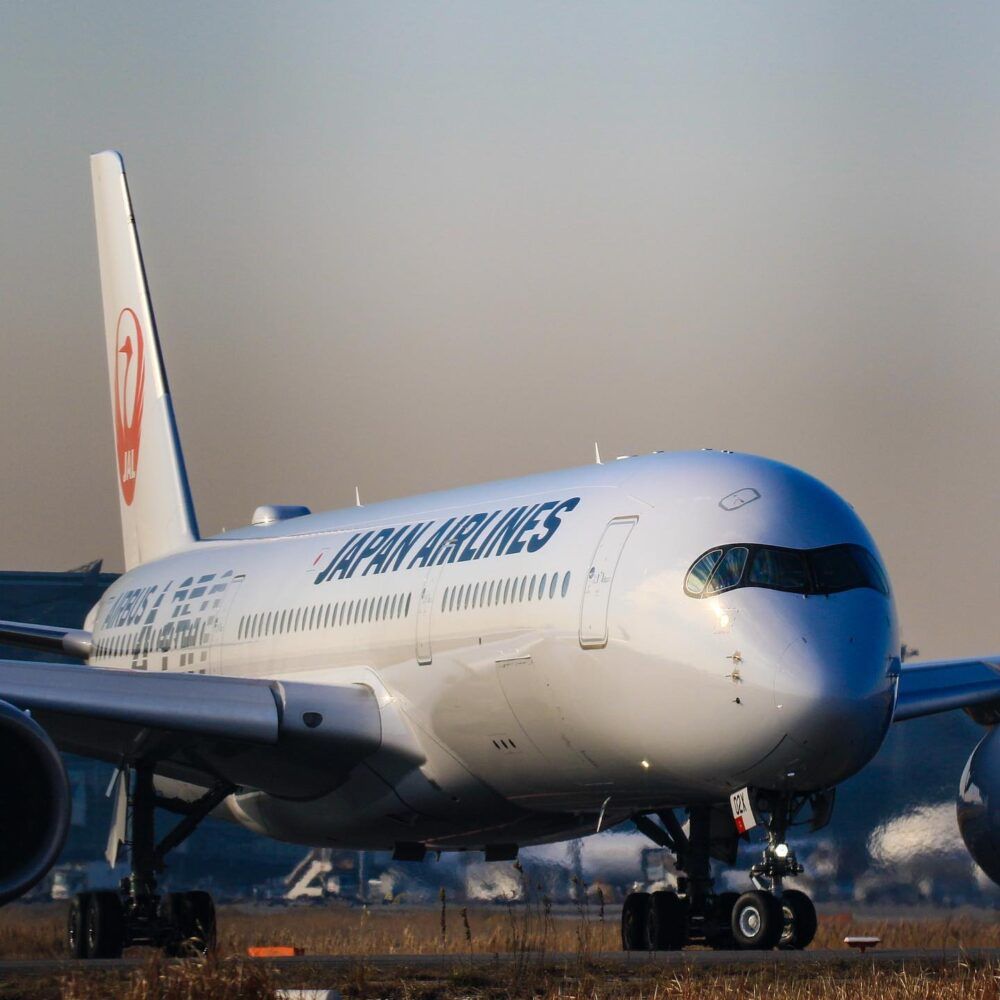Japan Airlines has taken the issue with the 777-200s Pratt & Whitney PW4000 series engine as an opportunity to retire the type. Some of the domestic 777s had been planned for retirement in 2021, but since being grounded for engine checks, more will now leave the fleet ahead of schedule. These will be replaced by the Airbus A350.
JAL takes 777 grounding as an opportunity to let them go
The spectacular failure of an engine on a United Airlines flight in February prompted mass worldwide groundings of the 777s powered by the same engine type. The Pratt & Whitney PW4000. Less than 48 hours after the incident, following a Boeing recommendation, airlines in Japan and Korea followed United Airlines’ lead and removed their P&W-powered 777s from service.
Japan Airlines had already laid plans to remove some of its 777s from its fleet over the course of 2020. Seven domestic 777s were set to leave the fleet in March this year, but that number has now ballooned to 13 as the airline takes the opportunity presented by the grounding to accelerate its fleet reshuffle.
Of the 17 Boeing 777-200s it had in February, 10 have already been removed from the fleet. They are marked as ‘stored,’ suggesting they will not likely go on to work for other airlines. With most aged around 15 to 20 years old, that’s not a big surprise.
Three 777-300s were also added to the scrapheap in February, ending its association with the type.
Once this tranche of retirements is complete, JAL will only have its 13 777-300ER and seven 777-200ER remaining in the fleet. These are not powered by the Pratt & Whitney engine, so have not had the same challenges as the rest of the 777s. The -300ERs will continue to fly international routes for the carrier for the foreseeable future, while the -200ERs have been placed on domestic routes.
Stay informed: Sign up for our daily and weekly aviation news digests.
The A350 will be the backbone of the domestic fleet
Japan Airlines is one of the few carriers to operate widebodies on domestic routes. The high volume of travelers flying within Japan meant it needed larger aircraft to cope with the demand, something which has been delivered to date by the fleet of 777s.
Going forward, JAL will deploy its A350s to cope with most domestic demand. It currently has a fleet of eight A350-900s, with orders in for 10 more. It also has the A350-1000 on order, but this will be for international service.
While it awaits delivery of the rest of the A350-900s, it will also use some of its Boeing 767s for capacity. It has 31 767-300s remaining in the fleet, with 26 currently in active service. JAL is expecting another eight A350-900s to be delivered over the course of 2021, to bring it to a total fleet of 15 by the year-end.
It’s no surprise that JAL has taken the opportunity to phase out its 777s. It was a victim itself of the engine cover issue back in December 2020. With potentially expensive checks and repairs needed before the fleet could fly again, it makes sense to remove them from service as this was the longer-term plan anyway.
Will you miss JAL’s domestic 777 services? Let us know in the comments.



